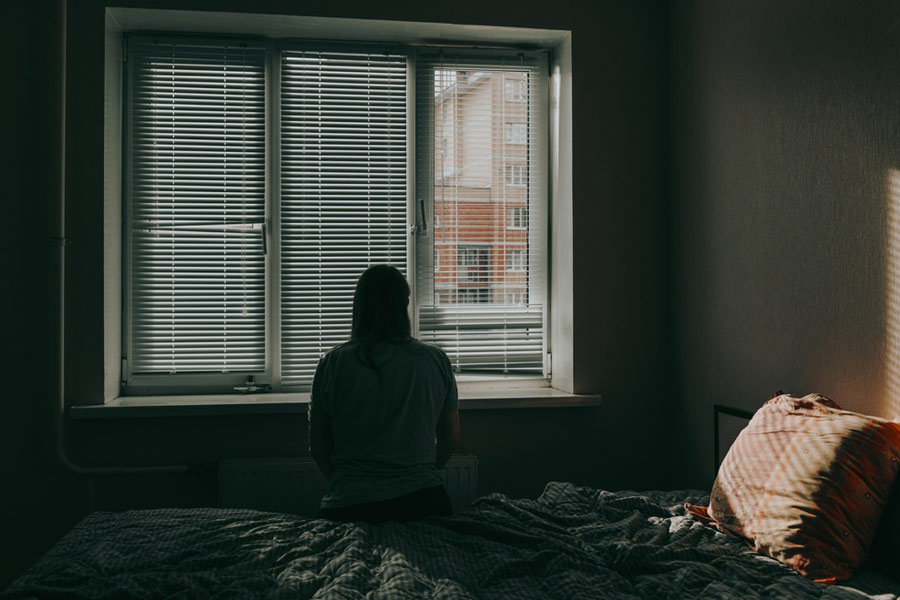
launched a yoga DVD
New Delhi, Sept. 16: Eight weeks of yoga classes can improve the physical and mental well-being of patients with two crippling joint conditions, knee osteoarthritis and rheumatoid arthritis, US researchers said today, corroborating claims made earlier by Indian yoga practitioners.
The researchers at the Johns Hopkins University School of Public Health have documented through a rigorous scientific study that patients with arthritis who practised a tailored yoga programme experienced a 20 per cent improvement in physical health, energy and mood.
"We provide critical new evidence to show that in people who are sedentary, yoga appears to be safe, feasible, enjoyable, and that it results in important physical and mental health benefits," Susan Bartlett, an adjunct associate professor of medicine at JHU who led the research, told The Telegraph.
"This is important because the medical community in western countries remains concerned that yoga may not be appropriate for people with vulnerable joints," she said.
The yoga appeared to benefit patients even nine months after the eight-week session. The study's findings have been so encouraging that The Arthritis Foundation in the US, which supported the research, has asked the researchers to develop a DVD for distribution to patients with arthritis.
The US study is being described as the largest, most rigorously conducted randomised controlled trial of yoga for patients with arthritis, a leading cause of disability that affects about one in five adults, most of whom are below 65 years of age.
Arthritis, when improperly managed, can affect patients' mobility, mood, and quality of life. While there is no cure for arthritis, standard medical treatment involves medications to help relieve pain and stiffness of joints and allow patients to remain active.
In the JHU study, patients with arthritis were given yoga classes twice a week where they practised breathing exercises, warm-up and movement sequences, including the suryanamaskar among other exercises, and meditation. They were also asked to practise once a week at home.
The postures included gentle forward bends, back-bends, twists, balances, standing and sitting and lying poses that were modified for individual patients at the discretion of the teacher or the participant. The classes concluded with deep relaxation, a closing chant, and meditation.
"Eight weeks provides sufficient time to introduce independent practice and is a common duration of introductory classes," said Bartlett, who is also associate professor at McGill University in Canada. "The participants were asked to try new skills, but remain safe and avoid discomfort."
While practitioners of yoga in India have advocated certain yoga exercises to patients with arthritis, the researchers point out that there has been a paucity of well-controlled research trials on the practice of yoga among patients with crippling joint conditions.
Five years ago, Shirley Telles, a medical doctor working with a yoga research foundation in Haridwar, and her colleagues had documented what they claimed were "decreased disability" and "better functionality" in patients with rheumatoid arthritis after a one-week intensive yoga programme.
Describing their study in the journal BMC Research Reports, Telles reported symptomatic improvements in the patients who had practised regulated breathing, loosening exercises, and controlled movements of their shoulders, wrists, and elbows.










